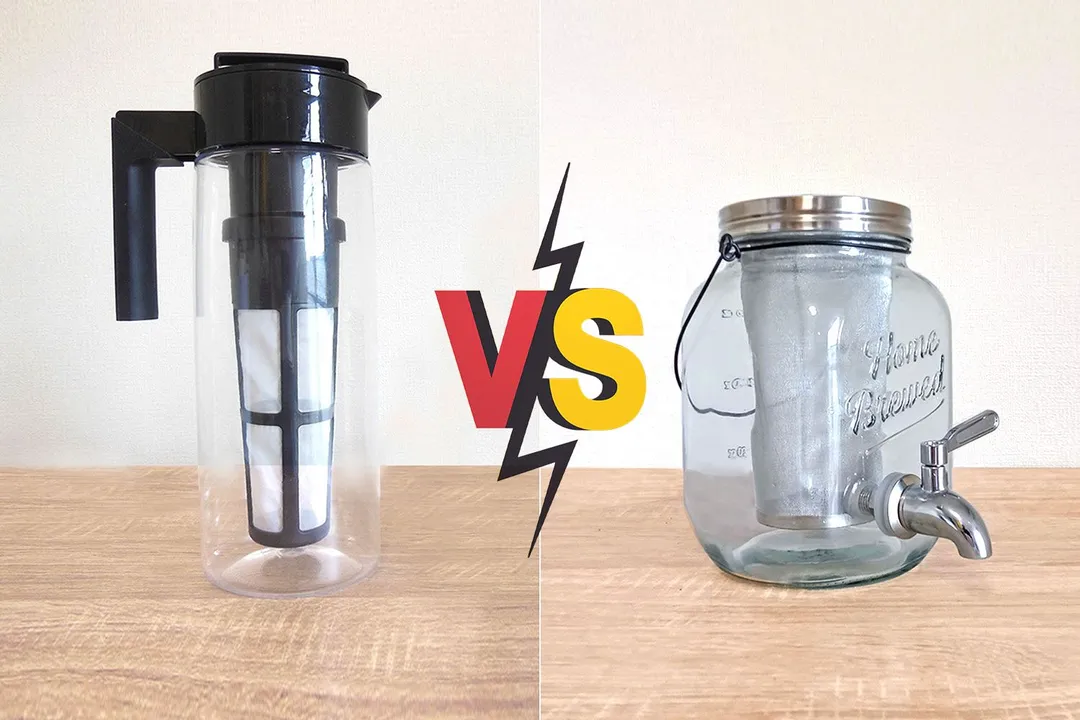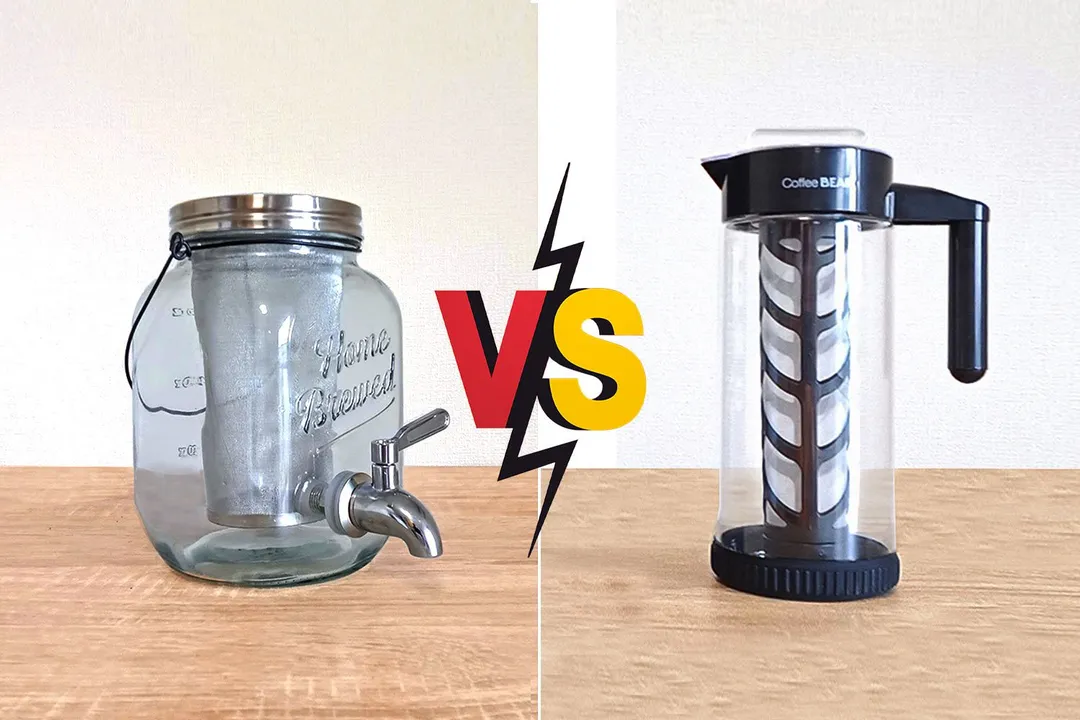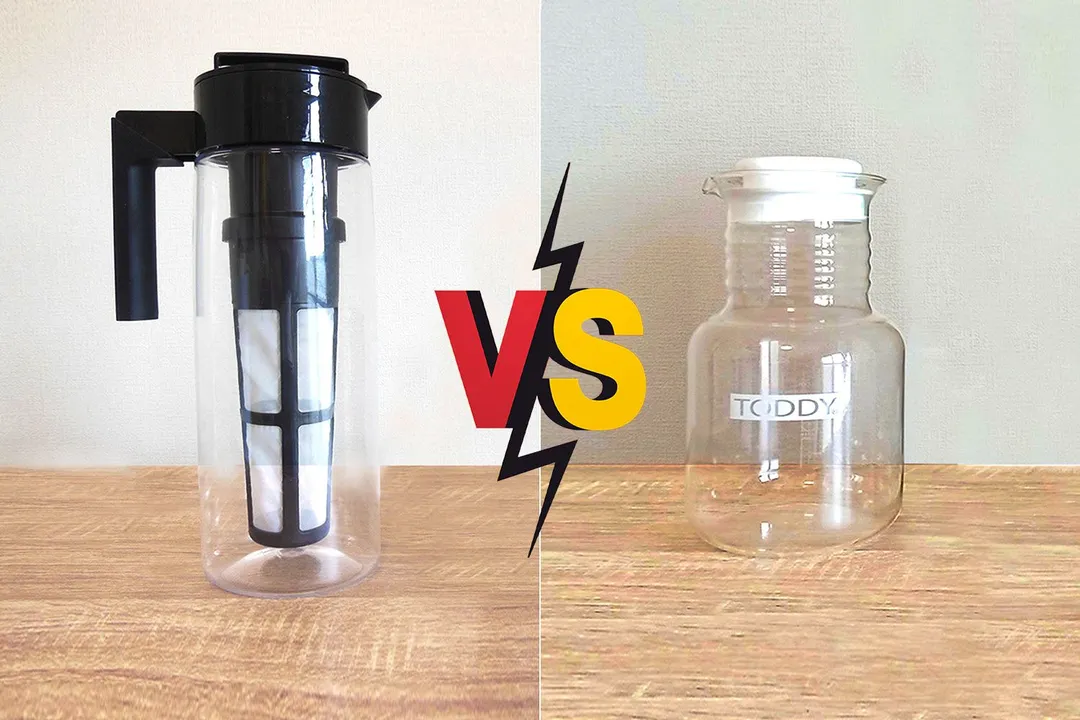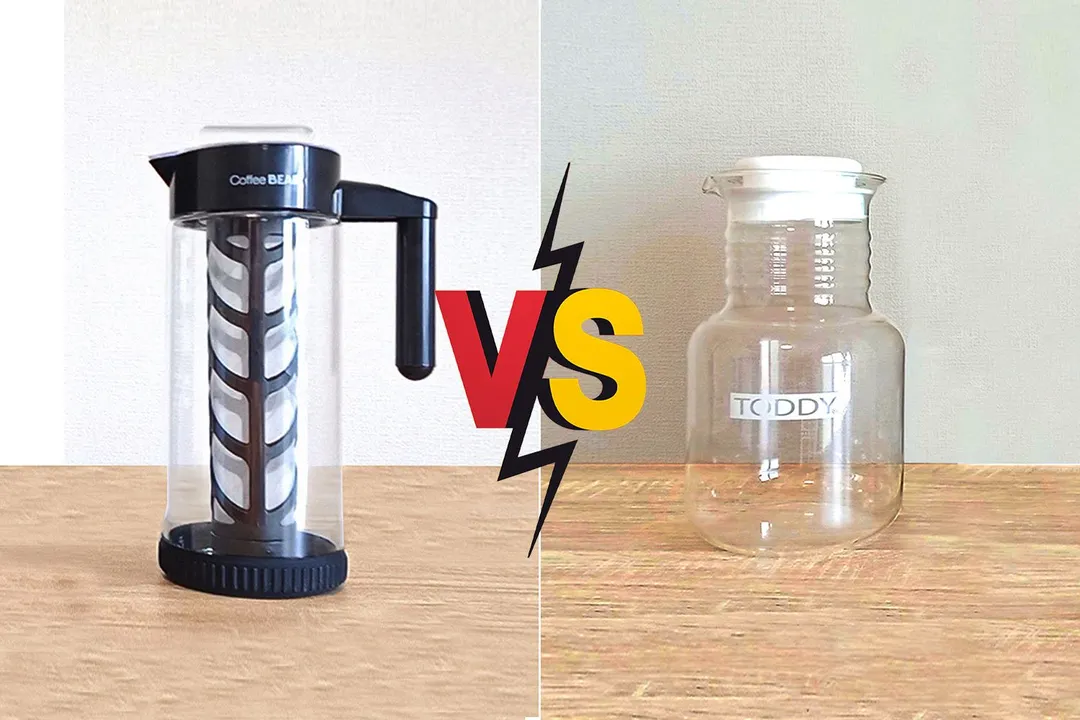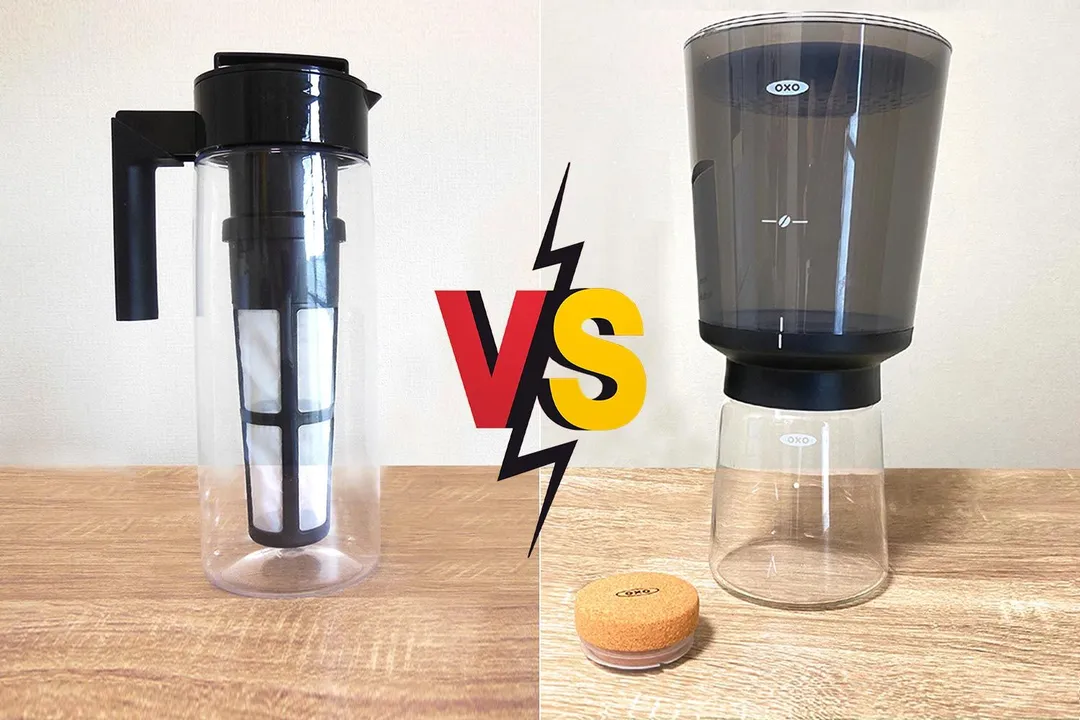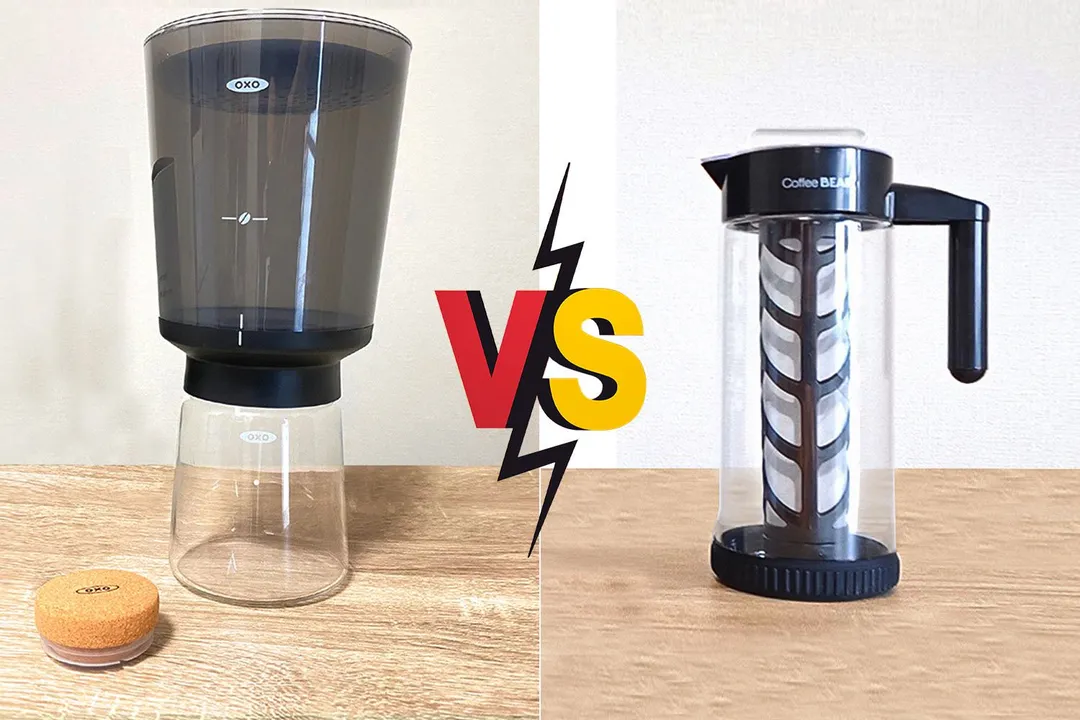Our recommendations are made independently through Research & Testing. We may receive commissions from purchases made via our links.
Takeya vs Coffee Bear Side-by-Side Comparison
Takeya cold brew coffee maker vs Coffee Bear. A unique and original design that outperforms a lower-value generic knock-off.
Takeya
Tested Using Methodology v1.0Coffee Bear
Tested Using Methodology v1.0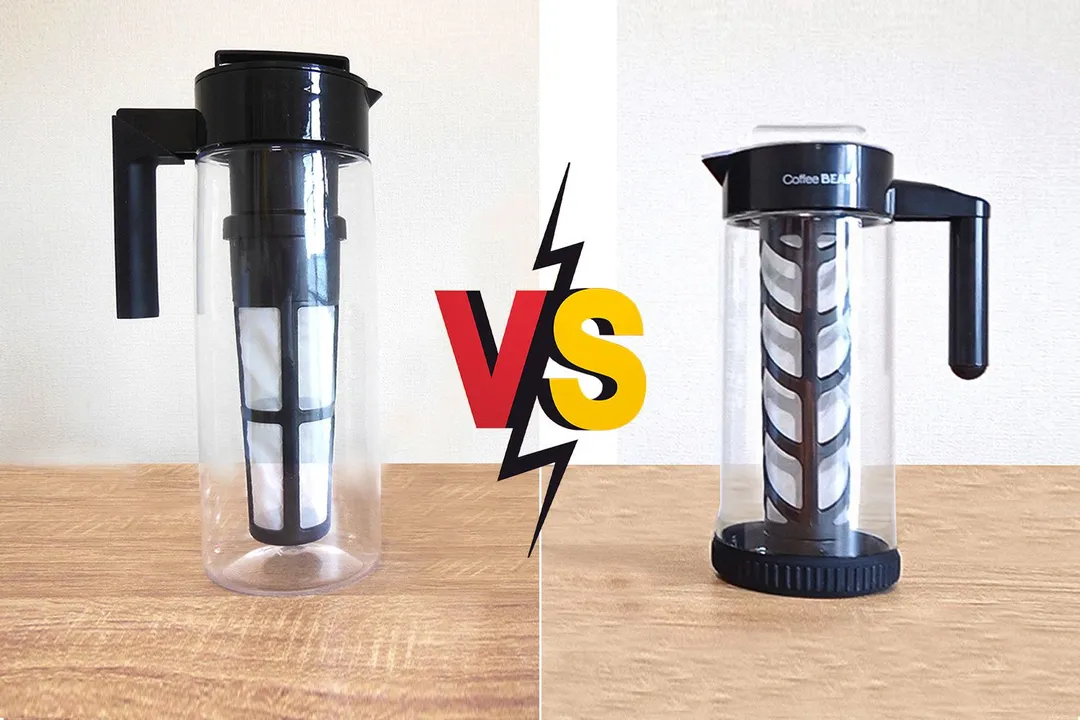
Overall Verdict
The Takeya cold brew coffee maker and Coffee Bear are two immersion filter brewers that stand in the door of your refrigerator. Coffee Bear, however, is almost identical in design to Coffee Gator. The Coffee Bear tries to be different by incorporating a silicone base stand into its design. However, the poor quality gives it an unstable feel and also makes the brewer too wide to fit in the door of a small refrigerator.
The Takeya, although slightly large for a small refrigerator door, can also lay on its side while brewing. It has a unique filter that screws into the lid and which is also completely spill-proof. The Takeya also has a more favorable brew ratio and brews a much better quality brew than Coffee Bear.
Coffee Bear is made from glass while the Takeya is made in the USA from high-grade Tritan plastic. Coffee Bear is more suited for a small refrigerator. However, the similar Coffee Gator is an all-round better choice as it comes with a stainless steel measuring spoon and a very handy silicone funnel for pouring in coffee grounds and water.
Pros & Cons
- Air tight brew decanter
- Cold or hot (tea) brewing
- BPA-free
- Dishwasher safe
- Durable & light weight
- 1 and 2 quart sizes
- Color choice
- Glass decanter
- Lid design
- Twist to pour
- Inadequate packaging
- Included instructions inadequate
- Filter cleaning
- Silicone base not top quality
- Handle not so comfortable
- Appears to be a generic copy
Key Specs
Where to Buy
*You help support HealthyKitchen101's product testing and reviews by purchasing from our retail partners.
Analysis and Test Results
Brew Quality
Bouquet
Drinkability


Sediment

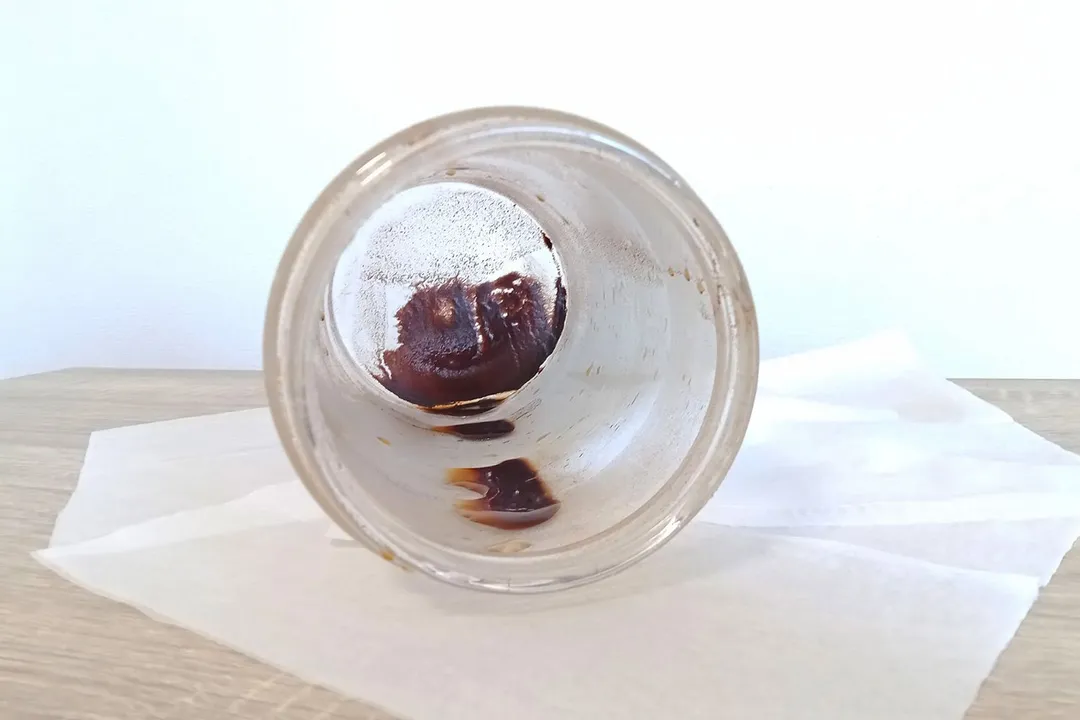
Design
In the Box

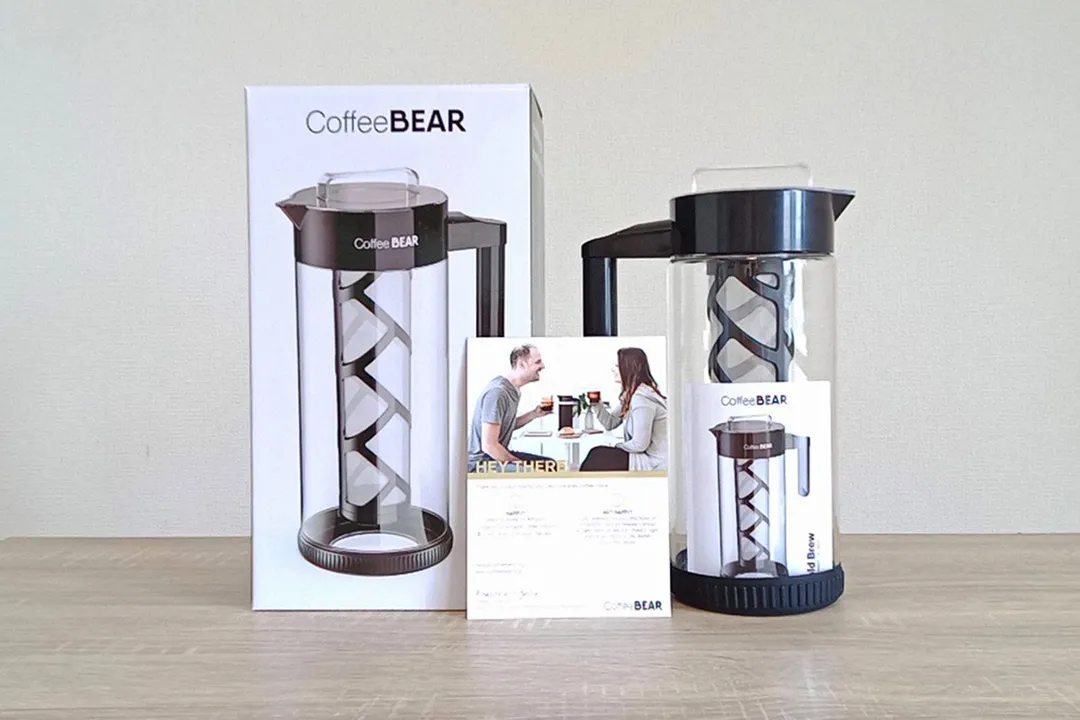
Decanter
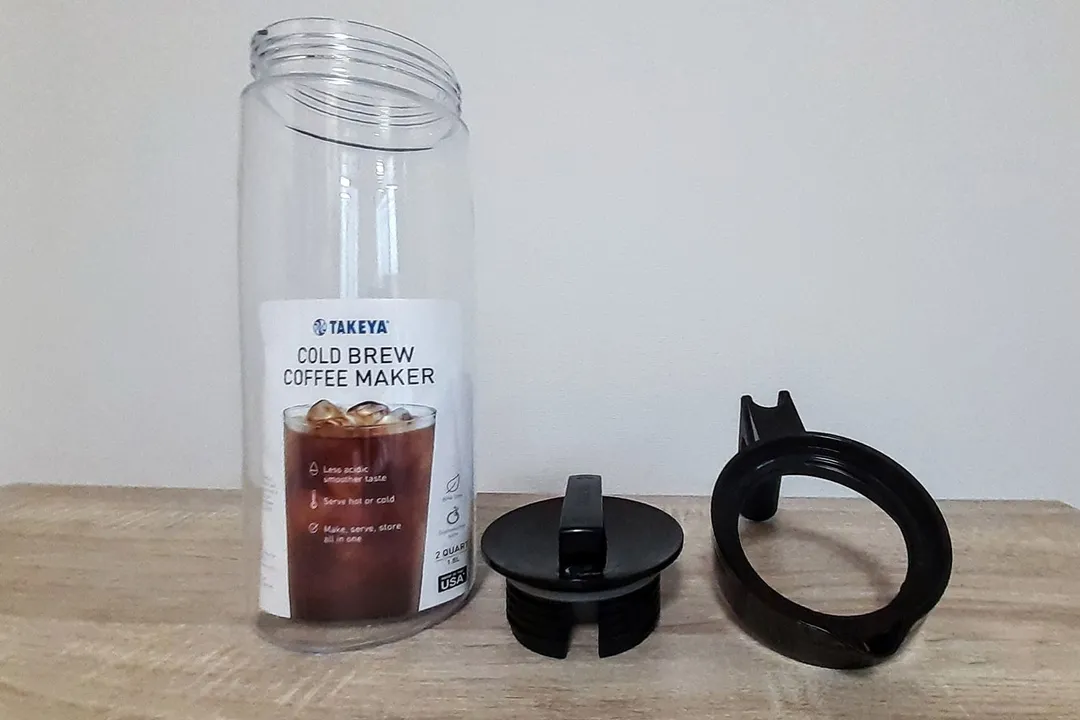
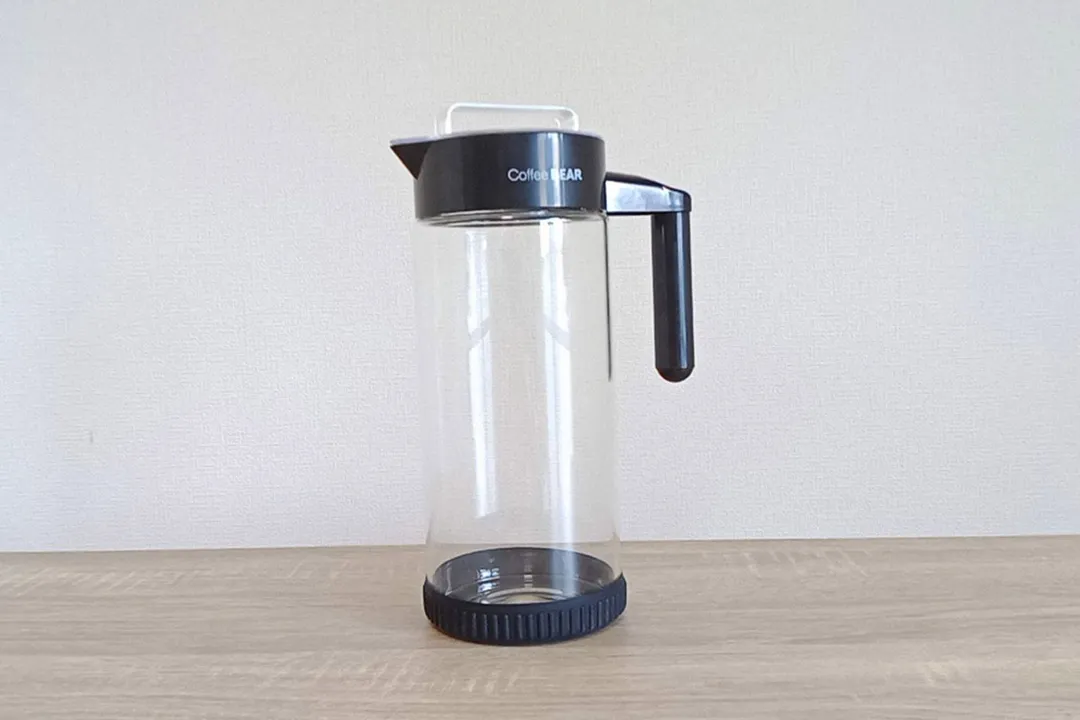
Stopper / Lid

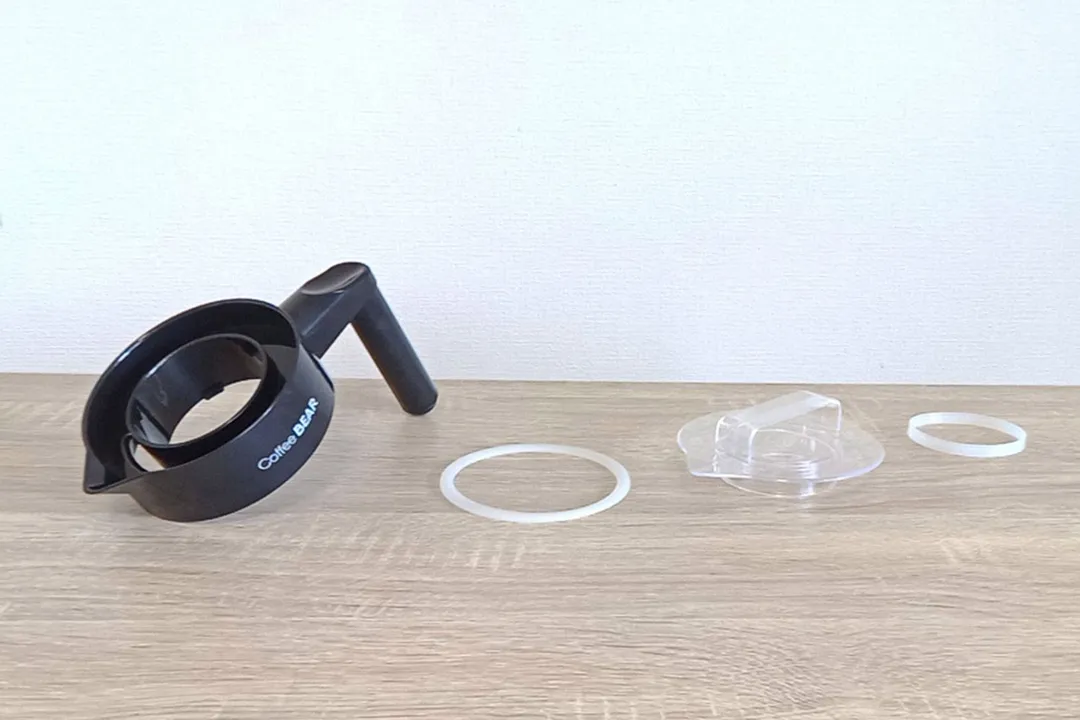
Filter

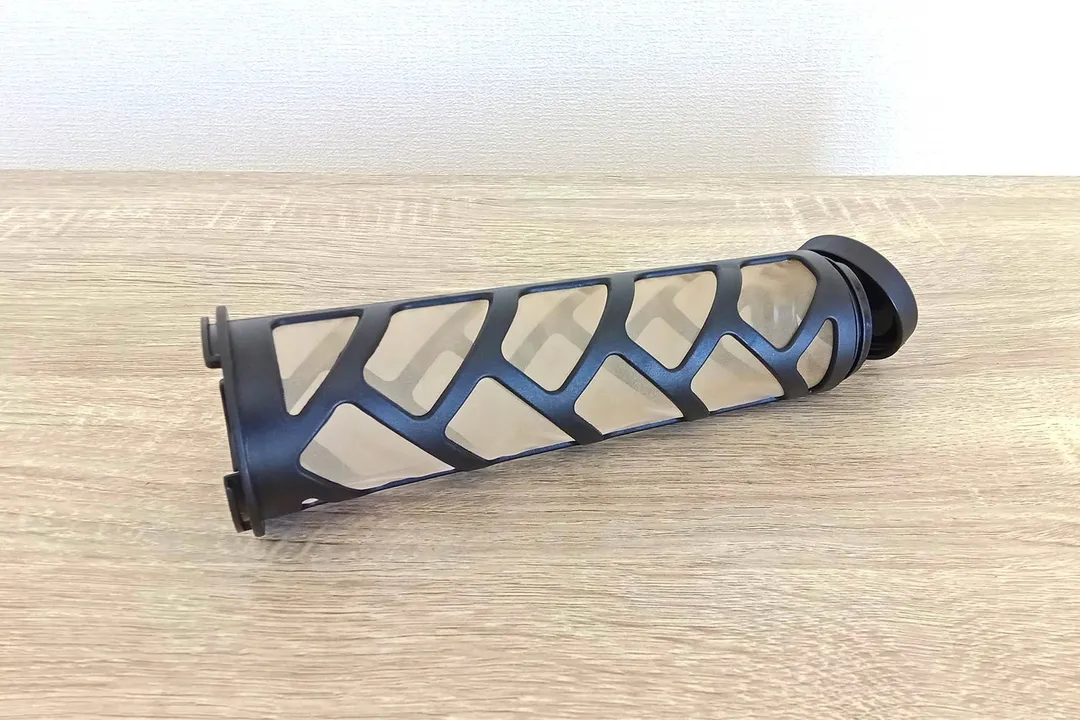
Build Quality


Usability
Brewing
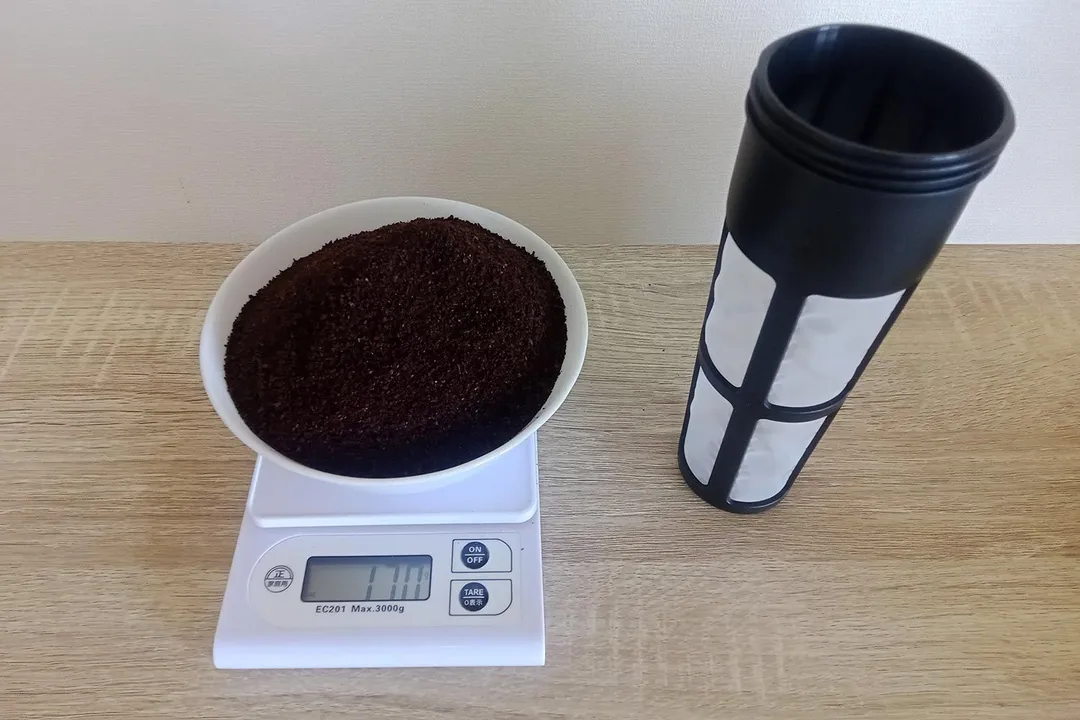
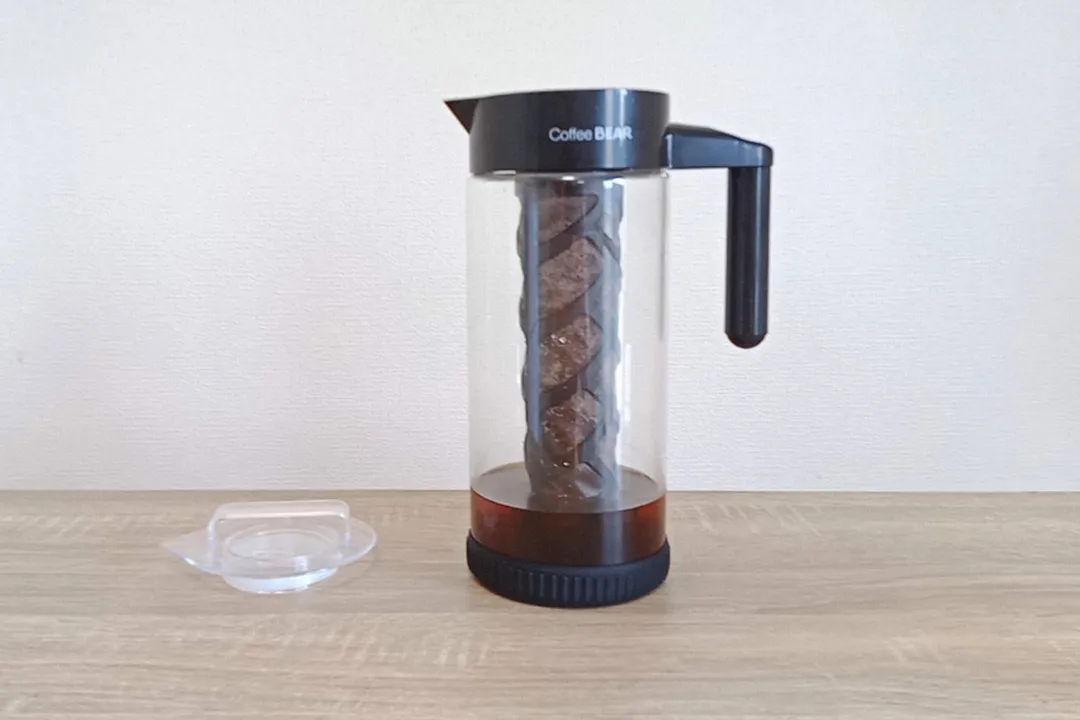
Decanting
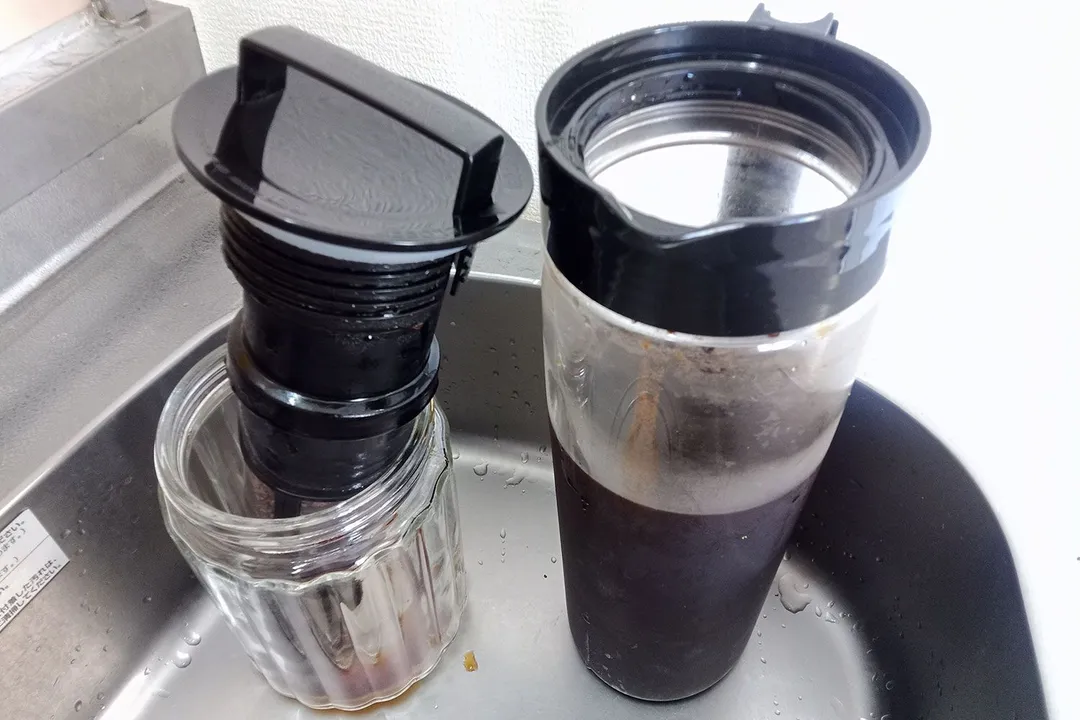
Cleaning and Storage
Behind the Comparison
Roger Shitaki is a writer, author, and editor. His niches are household appliances, health & wellness, and travel. He’s a freelance contributor to a Tokyo lifestyle website and a leading ophthalmology magazine in Asia.

